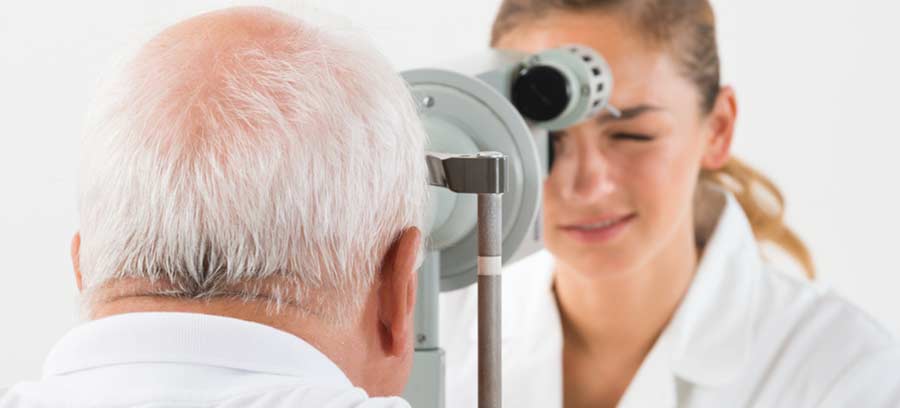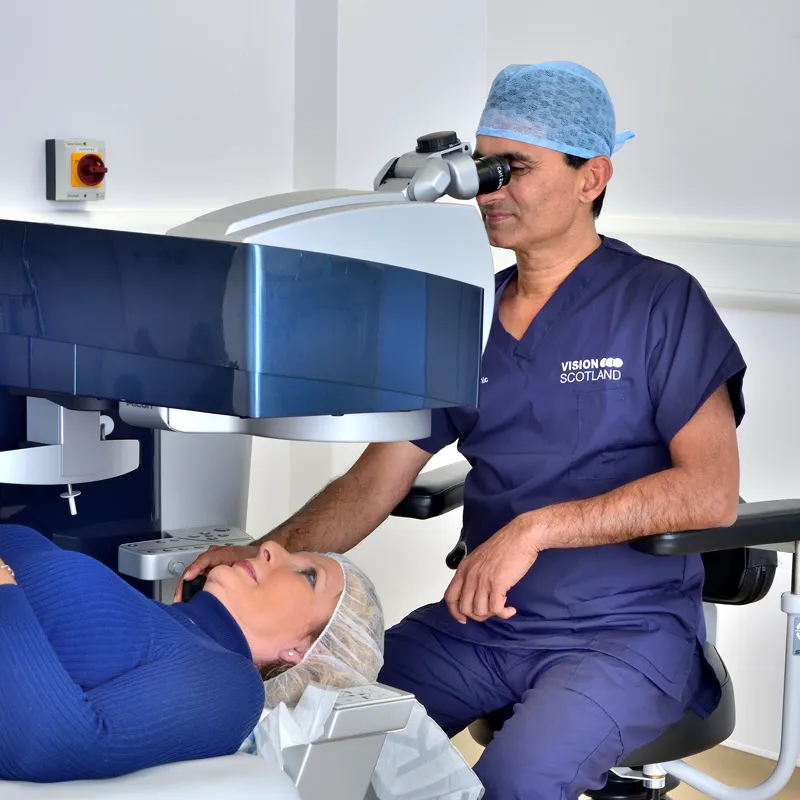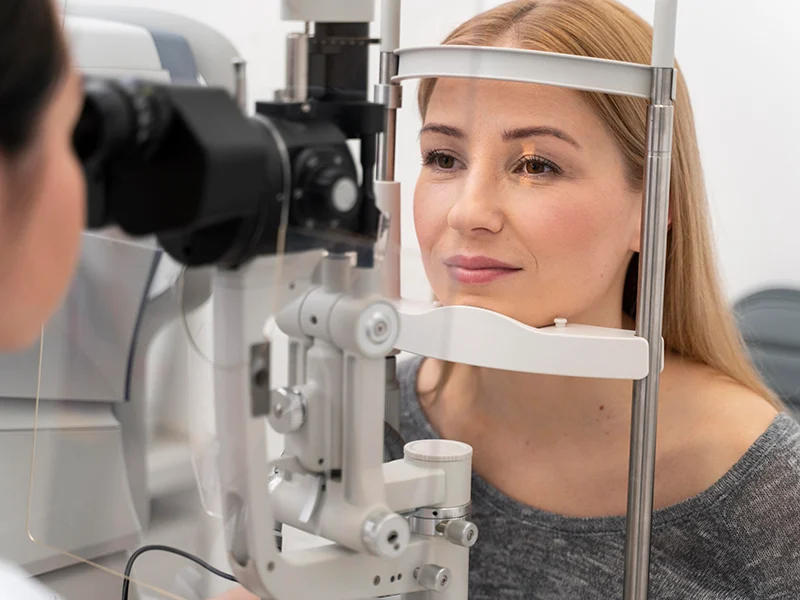Developing cataracts is a natural part of ageing. By the age of 80, more than half of us will have experienced cataract related symptoms. Injuries, medication and illnesses such as diabetes increase our chance of developing cataracts. Even lifestyle factors, such as
whether you smoke or have an unhealthy diet can promote cataract development.
The onset of cataracts can be a concerning time, so it’s important to understand the facts
and understand the difference between cataract fact and fiction. Let’s look at some of the
most common beliefs about cataracts and whether they are true or not.
1. Cataracts are the leading cause of blindness.
Fact.
Across the world, around 50% of people who are blind have lost their vision as a result of untreated cataracts. The majority of those who lose their sight live in low or mid-income countries, such as India or Africa, where treatment can be inaccessible. It’s important to remember that here in the UK, more than 98% of those who undergo cataract surgery will regain their vision.
2. Close up tasks, such as reading, makes cataracts worse.
Fiction.
The tasks and activities you use your eyes for have no influence on whether you develop
cataracts or not, nor will they make existing cataracts worse. However, the effects of cataract development on your vision may become more noticeable when doing close up work.
3. Cataract surgery is one of the most common surgical procedures performed in the world.
Fact.
In developed countries, such as the UK and USA, phacoemulsification cataract surgery with intraocular lens (IOL) implantation is one of the most commonly performed medical
procedures. Cataract surgery is as common as Cesarean sections or tonsillectomies. Since cataract surgery is such a commonly performed procedure, it is also one of the most refined and safe operations.
4. Cataracts can grow back.
Fiction.
Cataracts represent a clouding of your previously clear natural lens, rather than a growth. Once removed with surgery, they can never return.
5. There are different types of cataracts.
Fact.
There are six different types of cataract: nuclear sclerotic, posterior subcapsular, anterior cortical, embryonic, traumatic, polychromatic and congenital blue dot. Different types of cataracts produce different symptoms.
6. It takes a long time to recover from cataract surgery.
Fiction.
In most cases, cataract surgery is a short procedure and you can usually go home within two hours of surgery. Most cataract surgery patients will have the procedure under a local anaesthetic and will wear an eye patch for the following 24 hours. The next day the eye patch is removed, most patients see an immediate improvement in their vision. If you’re looking for more information about cataract surgery or would like to talk to one of our surgeons about your options, please don’t hesitate to get in touch – we’d be happy to help.




